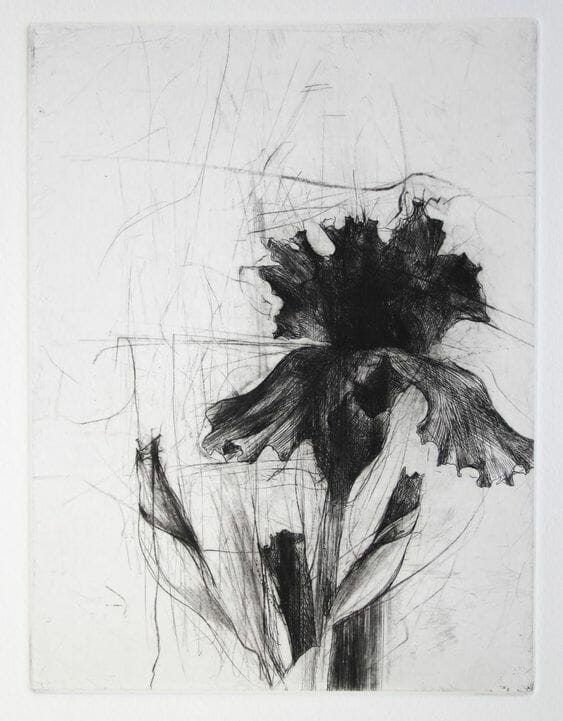
The Portrait of Madame Isabel Styler-Tas is an example of Dalì's paranoic-critical method
Material/Technique
Surrealism wouldn’t exist without Sigmund Freud. Thanks to its founder, André Breton, and his fascination with Freud’s studies, Surrealism began in 1920. The existence of a subconscious —an intimate world within itself, full of symbolic fantasies —captured all the Surrealists, and the investigation of this inner world is a cornerstone of their art.
Salvador Dalì is the Surrealist par excellence: “The only difference between the Surrealists and me is that I am a Surrealist,” he used to say. From the 1930s onwards, Dalì developed a unique technique to create works through the subconscious’s stimulation: the so-called paranoiac-critical method.
The paranoiac-critical process
An example of this technique is the Portrait of Madame Isabel Styler-Tas. Dalì, next to the realistic portrait of the woman, which stands out on a desolate wasteland, proposes a second one on the left.
This first oeuvre is a realistic composition of landscape elements that play with the human eye and reveal an emotional background of the portrayed Madame. For this reason, the other title of the painting is Melancholy. The second portrait depicts a spur of rock, crossed by an arid, uphill road that culminates in a dark cave, visible behind cypress trees clinging to the ground.
The technique might appear similar to Giuseppe Arcimboldo‘s portrait production, but what changes here is the method that gives rise to it. In fact, in the paranoiac-critical process, the artist focuses on the paranoid pathology that leads to falling chronically into conscious delirium states, even using reason to justify beliefs and interpretations that spring from an inner reality.
Dalì’s take on the portrait
In The Portrait of Madame Isabel Styler-Tas, Dalì starts from a distinction between hallucinations and paranoid delirium. The hallucinating phenomenon of pareidolia, for instance, is an optical illusion that reflects inner and unconscious interpretation patterns of a random reality.
Even Leonardo da Vinci recommended a careful observation of wall-stains or marble veins before creating landscapes, faces, and objects, using the materials’ natural structure to express the inner interpretation. But hallucinations are always personal, triggered by a rational reading of an accident. The paranoid delirium, Dalì’s favorite creative process, starts from an apparent, evident reality but then elaborates subtle visions and connections that instill doubt even in healthy observers.
Starting from these ideas, Dalì generates the paranoiac-critical process. The painter immerses himself in the paranoid phase, a delirium state during the creative act, to create rationalized images, forms, and associations in the subsequent critical phase. Some remarkable Dalì’s works created with the paranoiac-critical method are The Persistence of Memory and Metamorphosis of Narcissus.
Tag
Buy a ☕ for Hypercritic









